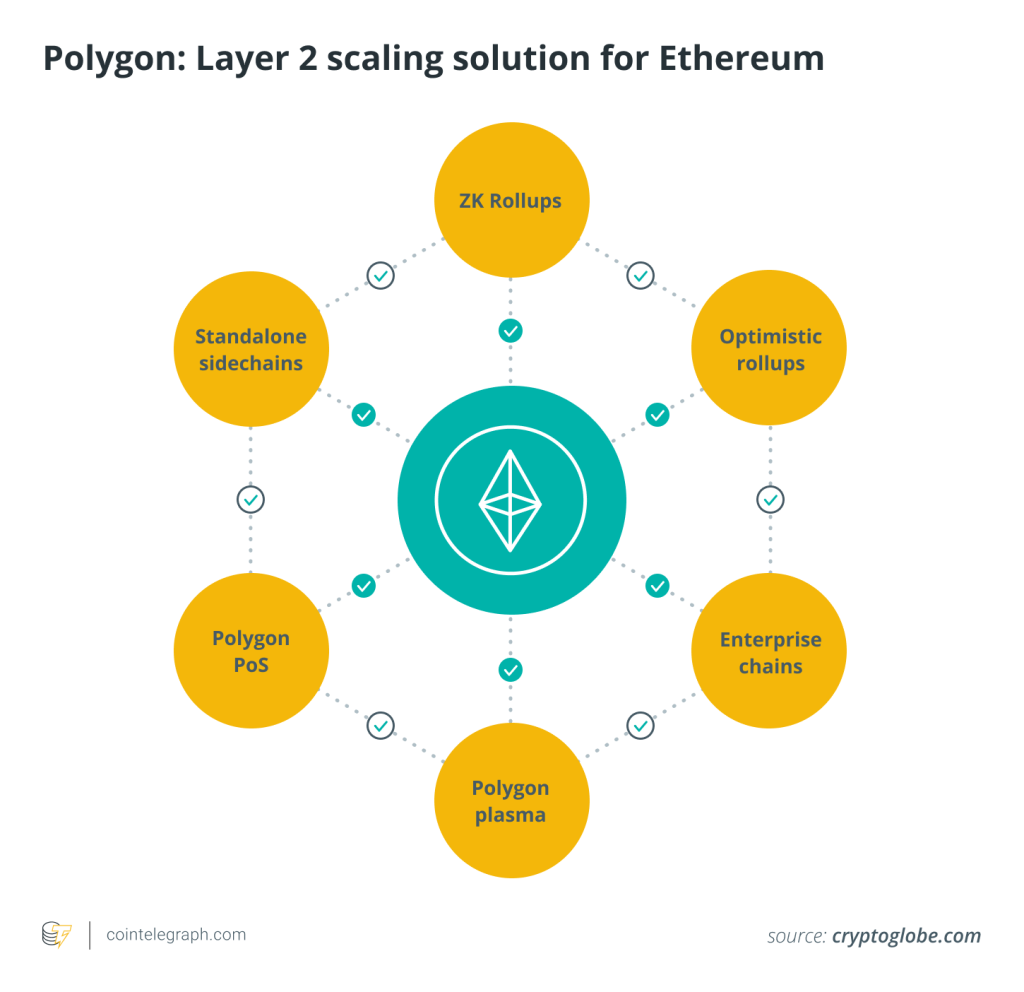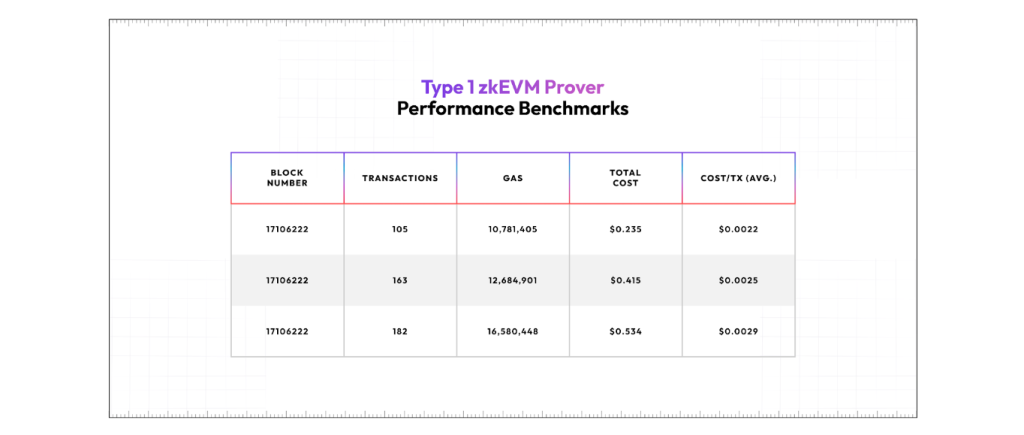Pessimistic proofs: ZK tech’s next step or mere cynicism?

Succinct Labs and Polygon Labs introduce pessimistic proofs via SP1 zkVM, enhancing cross-chain security and simplifying ZK development.

Succinct Labs and Polygon Labs have collaboratively developed a new type of zero-knowledge (ZK) proof known as a pessimistic proof.
Developed using SP1 — a ZK virtual machine (zkVM) created by Succinct Labs — pessimistic proofs will ensure no single chain can compromise the deposits of others in the AggLayer network.
Speaking to Cointelegraph, a Polygon spokesperson elaborated on how SP1’s Pessimistic proofs will prevent bad actors from compromising the system.
“The pessimistic proof ensures cross-chain security by guaranteeing that every chain produces its new state truthfully, verified by a ZK-proof or consensus mechanism. It also ensures no chain can withdraw more tokens than deposited, as enforced by chain-level accounting. In the future, when the AggLayer supports non-ZK chains, the design will remain the same.”
Related: Polygon Labs co-founder Sandeep Nailwal assumes new ZK role
When asked how SP1’s integration with Rust and Plonky3 helps developers, the Polygon spokesperson told Cointelegraph:
“Plonky3 is a toolkit that ZK developers use to build new proof systems, new zkVMs, and more, while SP1 is an open-source general zkVM that simplifies ZK development — built on Plonky3. SP1 allows for the verified execution of Standard Rust (or any LLVM-compiled language), meaning developers don’t have to write programs with custom ZK circuits. This results in much faster ZK development times.”
Discussing the plans ahead for SP1 and Plonky3, the Polygon spokesperson told Cointelegraph:
“SP1 is an example of why open-source is collectively valuable. It’s what allowed Succinct Labs to build with Plonky3 to accelerate SP1’s development. Built by researchers at Polygon Labs, Plonky3’s open-source nature allows anyone to iterate, build on or contribute to this technology.”
In a recent interview, Cointelegraph spoke to Polygon co-founder Brendan Farmer about the implications of the AggLayer and ZK technology. After describing the AggLayer as “a decentralized protocol operated by staked nodes” in a Mirror post, Farmer joined us to dive deeper into the fundamentals of the ‘Aggregated Blockchains Thesis.’
After describing the AggLayer as “a decentralized protocol operated by staked nodes” in a Mirror post, Farmer joined us to dive deeper into the fundamentals of the “Aggregated Blockchains Thesis.”
On ZK tech, Farmer said he thought “navigating financial privacy is going to be really important over the next few decades.”






Responses